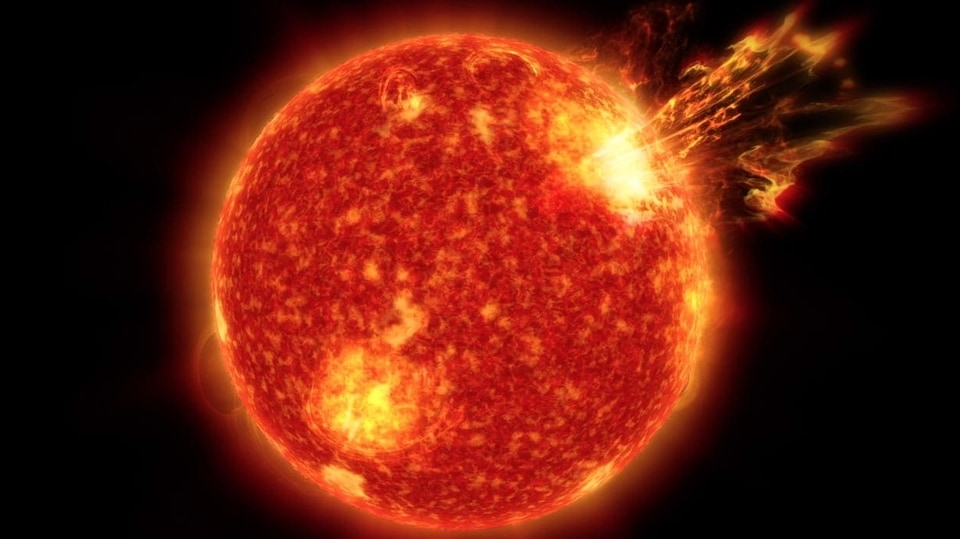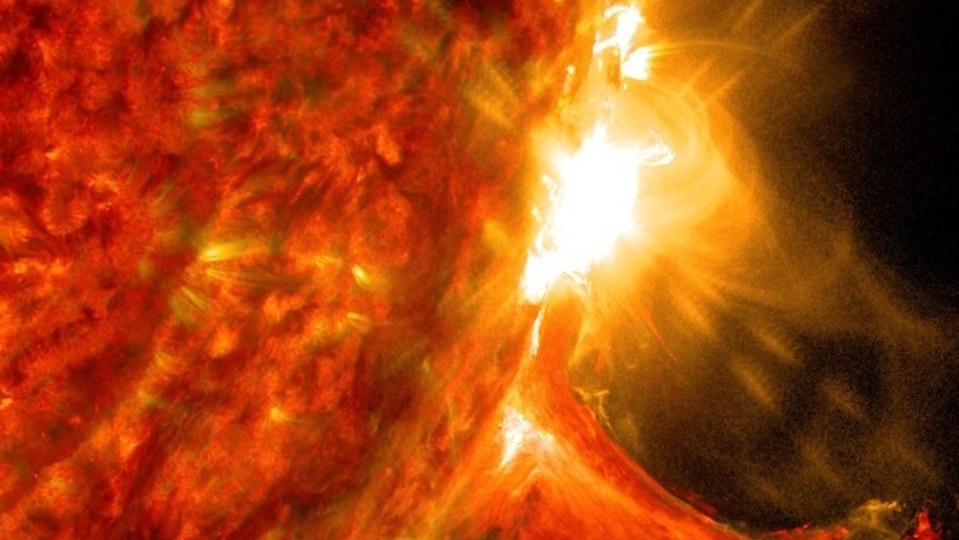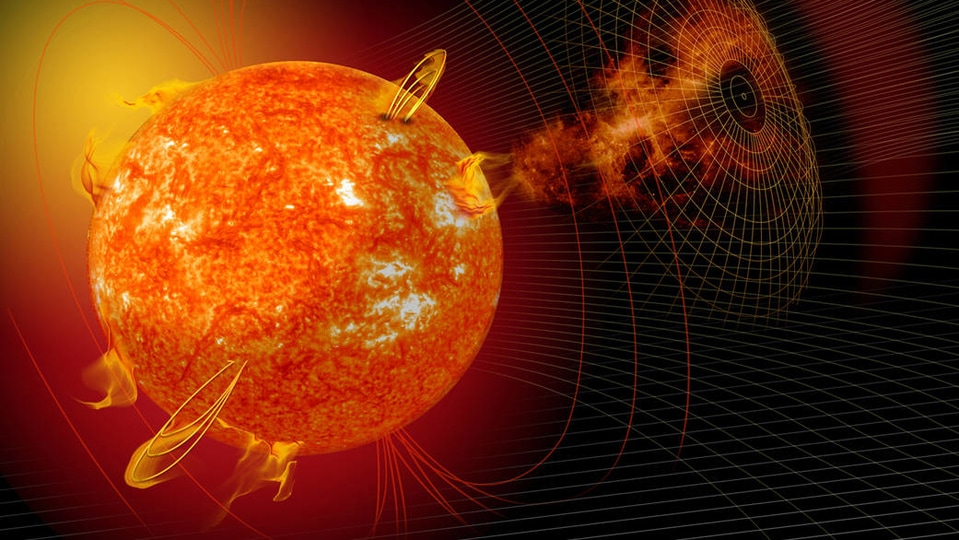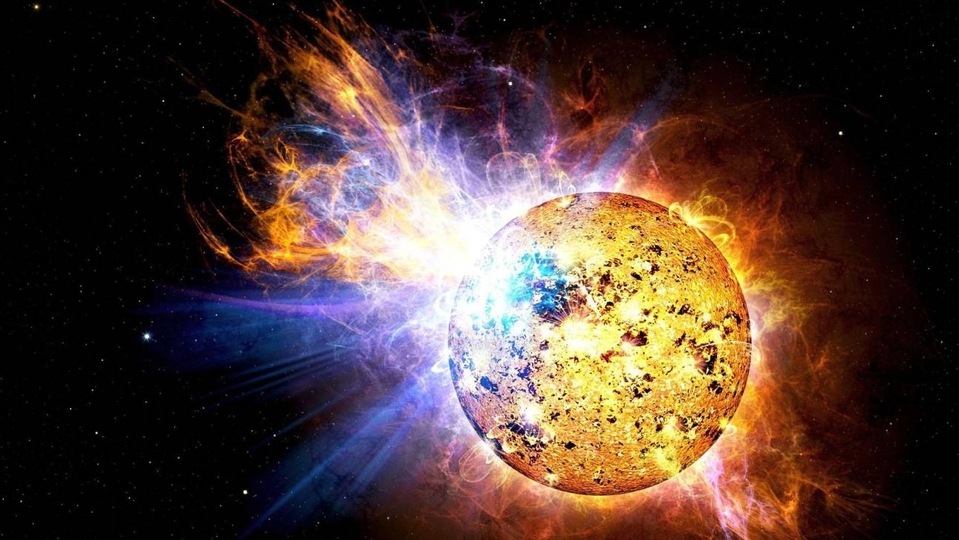Solar storm danger! Huge sunspot erupts, hurls solar debris towards Earth
A recent CME eruption on the surface of the Sun has resulted in the planet being bombarded with solar particles and could pose a solar storm danger.




_1639373804152_1639373815879.jpg)

 View all Images
View all ImagesThe Sun is nearing the middle of its 11-year solar cycle, resulting in increased solar activity and solar output. Earth has faced numerous solar flares these past few months and more are expected as the Sun moves ahead in its cycle. A recent Coronal Mass Ejection (CME) has been observed emitting from the Sun which has sent solar debris hurtling towards the planet, according to spaceweather.com. A geomagnetic storm warning has also been issued for today as these CMEs reach the planet.
Sunspot AR3112 which has been in an unstable state for the past few days has finally erupted today, releasing a strong M-1 class solar flare. According to NASA, Sunspots are dark areas on the solar surface which contain strong magnetic fields that are constantly shifting and can form and dissipate over periods of days or weeks. They occur when strong magnetic fields emerge through the solar surface and allow the area to cool slightly.
There is also a possibility that an X-rated solar flare could have been released. The Solar and Heliospheric Observatory (SOHO) predicted this solar flare would reach Earth but the data stream was interrupted before the data could be fully studied. Solar Flares are ranked by alphabets depending on their intensity with ‘A' being the smallest in intensity and ‘X' being the most dangerous flare.
Spaceweather.com also reported solar wind data from October 3 and October 4 which record CMEs reaching the Earth.
What happens when solar particles hit the Earth?
As the particles erupted during the CME reach Earth, they interact with Earth's magnetic field and cause the formation of Geomagnetic storms. When solar particles hit Earth, the radio communications and the power grid is affected when it hits the planet's magnetic field. It can cause power and radio blackouts for several hours or even days. Auroras form as a result of the Coronal Mass Ejection (CME) from the Sun which sends solar fares hurtling towards Earth. Geomagnetic storms are often the precursor to stunning streaks of green light across the sky known as Northern Lights or Aurora Borealis.
Catch all the Latest Tech News, Mobile News, Laptop News, Gaming news, Wearables News , How To News, also keep up with us on Whatsapp channel,Twitter, Facebook, Google News, and Instagram. For our latest videos, subscribe to our YouTube channel.






































